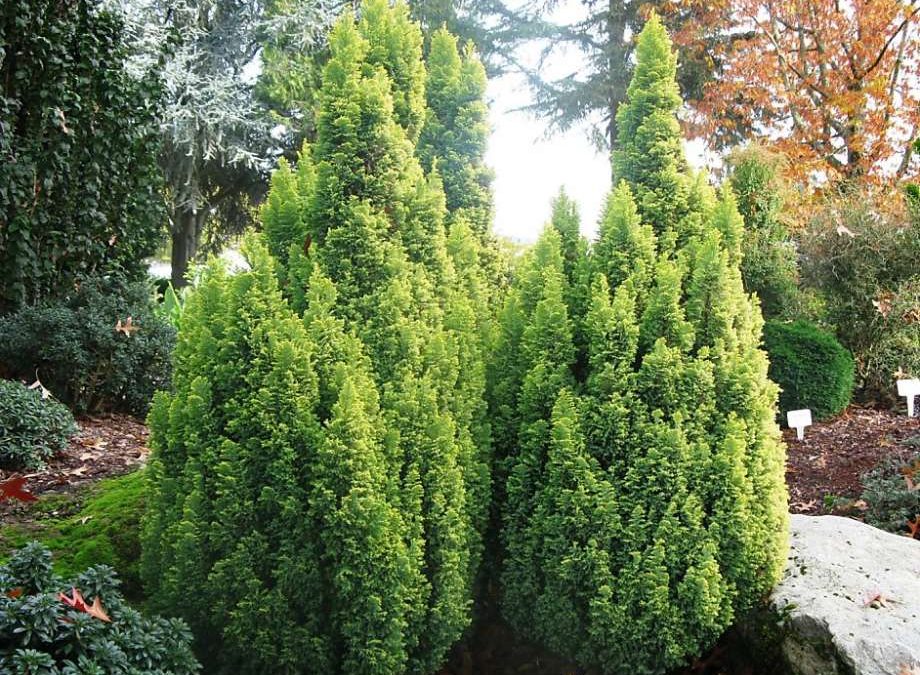About Chamaecyparis – The False Cypress
Known best by their cultivars, Chamaecyparis species provide evergreen elegance in a multitude of forms and colors. C. obtusa offers the more sculptured textures, whereas C. pisifera is known for soft and feathery or threadlike foliage. Talk about versatility – selections from both species provide the landscape with color from deep green to creamy white to golden yellow to silvery blue, on plants extremely dwarf to large pyramidal. Winter hardiness to zone 4 and tolerance of humid summers makes these species especially useful to a broad range of gardening regions.
How to care for your Chamaecyparis
Where should I plant my Chamaecyparis?
The false cypresses (especially C. obtusa) are somewhat shade tolerant but are fullest and healthiest in a sunny location, receiving five or more hours of direct sun per day. The more shade, the thinner and rangier the plant. Soil should be of average fertility and texture, but well-drained.
How do I plant my Chamaecyparis?
Keep root ball moist (but not soaking wet) until planting. If you are unable to plant soon, keep the plant outdoors in a sheltered, shaded location away from direct sun and wind. At planting, dig a hole only as deep as the root ball, but at least as wide as twice the diameter of the root ball (the wider the hole, the better!). Add humus (compost, peat moss, etc.) to the soil removed from the planting hole before backfilling. Loosen the roots of your false cypress – don’t be afraid to cut the outer roots to break them free before backfilling, so that the roots have good contact with the soil. Make sure to keep the plant high enough when backfilling so that the finished soil surface is even with the top of the original root ball. Remember: digging and planting too deeply is one of the most common factors contributing to the loss of newly planted shrubs. Water-in well to soak the soil and encourage soil contact with the roots.
What should I do in order to have my chamaecyparis increase in beauty from year to year?
When rainfall is scarce (or less than one inch per week), water weekly for the first year after planting. Watering will necessarily be more critical the first few weeks after planting, especially if dry, sunny, and hot weather follows. A one to two inch layer of coarse mulch over the root zone will help maintain soil moisture. Once established a few years, the false cypresses are generally maintenance-free and require supplemental watering only in severe, prolonged drought situations. Pruning, if necessary, should be selective and completed in early summer.

